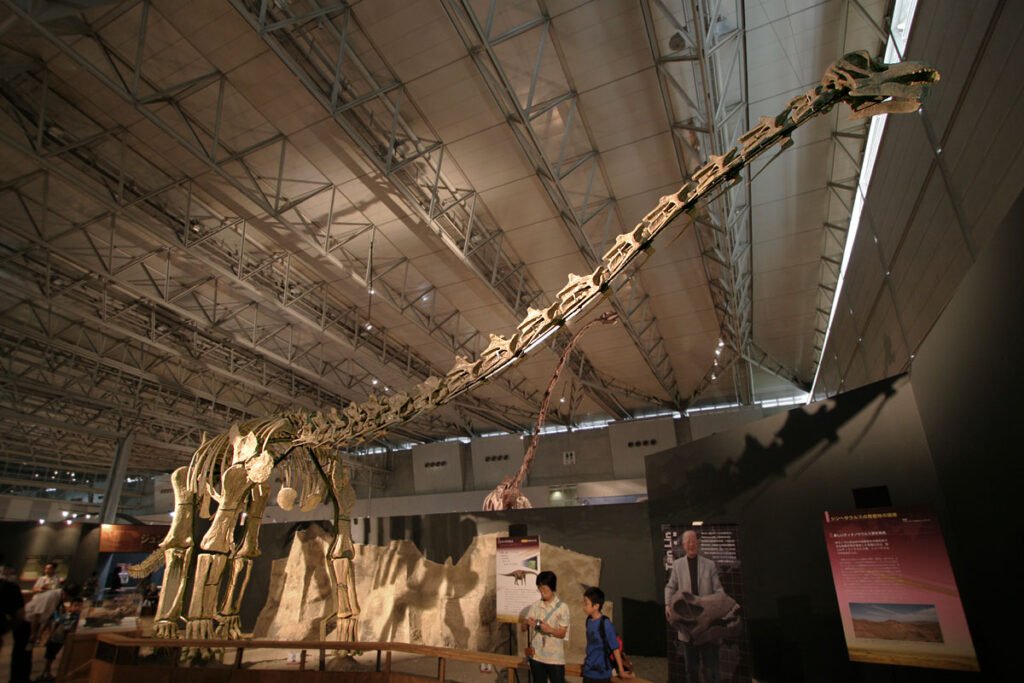Dinosaurs have long fascinated scientists and the general public alike with their sheer size and mysterious histories. Among these ancient giants, Titanosaurs stand out not only for their immense size but also for the intriguing clues they offer about the era in which they lived. These colossal creatures walked the earth millions of years ago, and modern-day paleontologists work tirelessly to unravel their secrets. This article delves into the discovery and study of the largest dinosaur ever found, providing insight into the methods and findings that have shaped our understanding of these prehistoric giants.
The Discovery of Titanosaur Giants

In recent years, several massive titanosaur fossils have been unearthed in locations such as Argentina and Africa. One of the most significant discoveries was the Patagotitan mayorum, a titanosaur unearthed in Patagonia, Argentina, in 2014. Measuring over 120 feet in length and weighing in excess of 70 tons, it was considered one of the largest land animals to ever walk the Earth.
The Challenge of Excavating Giants

Uncovering and extracting titanosaur fossils is a formidable task. These colossal skeletons are often buried deep within layers of rock, requiring extensive excavation efforts. Teams of paleontologists work painstakingly to extract each bone, often using heavy machinery alongside more delicate tools to ensure the fossils are not damaged during removal.
Paleontological Methods and Techniques

Modern paleontologists utilize a combination of traditional methods and cutting-edge technologies to study titanosaur fossils. Techniques such as CT scanning and 3D modeling allow scientists to examine the internal structure of bones without resorting to destructive methods. These tools provide insights into the physiology and life processes of these massive creatures.
Understanding Titanosaur Physiology

The enormous size of titanosaurs presents unique questions about their biology. Paleontologists study their bone structure to understand how these creatures supported their weight, moved, and thrived in their environments. The density and composition of titanosaur bones offer clues about muscle attachment sites and overall body mechanics.
Feeding Habits of Titanosaurs

Titanosaurs were herbivores, and their immense size required significant amounts of vegetation to sustain them. By examining their teeth and fossilized gut contents, scientists deduce that titanosaurs fed on a variety of plant materials. Their long necks allowed them to access a wide range of vegetation, enabling efficient feeding.
Insights into Titanosaur Growth and Development

Studying the growth patterns of titanosaurs reveals fascinating insights into their life spans and development. Fossilized growth rings in bones, much like those in trees, help scientists determine the age and growth rate of these dinosaurs. This information sheds light on their life cycles and reproductive habits.
Titanosaurs in Their Ecosystems

Titanosaurs played a pivotal role in their ecosystems, influencing the environment around them. As massive herbivores, they would have had significant impacts on vegetation patterns and soil composition through their feeding habits. Their presence likely influenced the behaviors and evolution of other species within these ancient ecosystems.
The Global Distribution of Titanosaurs

Fossil evidence of titanosaurs has been found on multiple continents, indicating they were widespread during the Cretaceous period. Their global distribution provides clues about ancient continental drift and the various climates they inhabited. This information helps scientists piece together the geographical and environmental history of our planet.
Preservation of Titanosaur Fossils

Preserving titanosaur fossils for study and display is an essential part of paleontology. Once excavated, fossils undergo meticulous cleaning and conservation processes to prevent decay and damage. Museums and research institutions play a crucial role in housing these fossils, allowing ongoing research and public education.
Educational and Cultural Impact

Titanosaurs captivate audiences worldwide, driving public interest in dinosaur science. Exhibits, documentaries, and scientific publications bring the story of these incredible giants to life. By sparking curiosity and wonder, titanosaurs encourage exploration and education in the field of paleontology.
Future Prospects in Titanosaur Research

The study of titanosaurs is an ever-evolving field, with new discoveries continually enhancing our understanding. Advances in technology and methodology will likely lead to the identification of previously unknown species and insights into the lives of these fascinating creatures. The future holds promising potential for further unlocking the secrets of these giants.
Conclusion: The Legacy of Titanosaurs

The discovery and study of titanosaurs provide valuable insights into the history of life on Earth. Through meticulous research and technological advancements, scientists continue to illuminate the mysteries of these remarkable creatures. As we uncover more about their size, behavior, and role within prehistoric ecosystems, we gain a deeper appreciation for the diversity and complexity of life in Earth’s distant past. Titanosaurs remain a testament to nature’s ability to inspire and astonish, capturing the imagination of all who seek to understand our planet’s ancient history.



